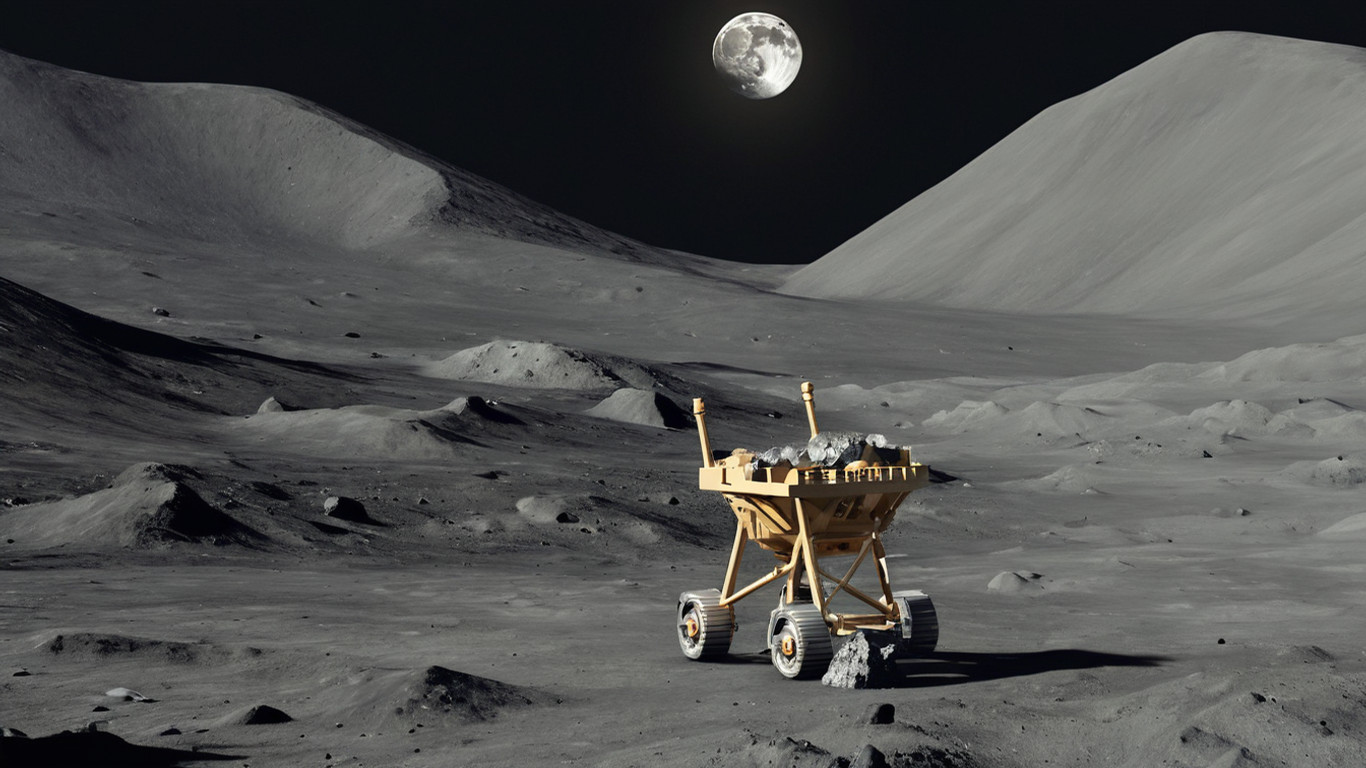In the vast expanse of the cosmos, astronomers have uncovered a fascinating realm beyond our familiar solar system – the realm of exoplanets. Exoplanets, also known as extrasolar planets, are celestial bodies orbiting stars other than our Sun. The discovery of these distant worlds has revolutionized our understanding of planetary systems and expanded the boundaries of our cosmic knowledge.
The First Glimpse
The quest to find exoplanets began in earnest in the 20th century, but it wasn’t until 1992 that astronomers made the groundbreaking discovery of the first confirmed exoplanet. The detection of an exoplanet orbiting a pulsar marked the beginning of a new era in astrophysics, sparking a surge in efforts to identify and study these elusive celestial bodies.
Detection Methods
Several methods are employed to detect exoplanets, each offering unique insights into their characteristics. One commonly used method is the transit method, where astronomers observe a periodic dimming of a star’s light as an exoplanet passes in front of it. This subtle change in brightness provides valuable information about the exoplanet’s size, orbit, and even its atmosphere.
Another approach is the radial velocity method, which involves measuring the star’s wobbling motion caused by the gravitational pull of an orbiting planet. By analyzing these slight stellar movements, astronomers can deduce the presence, size, and orbital parameters of exoplanets.
The Diversity of Exoplanetary Systems
The exploration of exoplanets has unveiled an astonishing diversity of planetary systems. Some exoplanets are gas giants, many times the size of Jupiter, while others are rocky, resembling Earth. Some orbit their stars closely, experiencing scorching temperatures, while others orbit at vast distances, where icy conditions prevail.
One particularly intriguing discovery is the detection of exoplanets within their star’s habitable zone – the region where conditions may allow for the existence of liquid water. This raises the tantalizing possibility of finding exoplanets with the potential for life as we know it.
Technological Advancements
Advancements in telescope technology, space missions, and data analysis techniques have played a crucial role in the accelerated pace of exoplanet discoveries. Missions like NASA’s Kepler and TESS (Transiting Exoplanet Survey Satellite) have contributed significantly to cataloging a multitude of exoplanets.
The Future of Exoplanetary Exploration
As technology continues to evolve, astronomers are eager to delve even deeper into the mysteries of exoplanets. Future missions, such as the James Webb Space Telescope, promise to provide unprecedented insights into the atmospheres of exoplanets, offering clues about their composition and potential habitability.
The study of exoplanets represents a thrilling frontier in astrophysics, opening windows into the rich tapestry of planetary systems that populate our galaxy and beyond. Each discovery brings us closer to unraveling the cosmic story of diverse worlds and raises profound questions about the potential for life beyond our solar system. As we continue to explore the wonders of exoplanets, we embark on a journey that sparks the imagination and redefines our place in the vastness of the universe.
Rare Celestial Phenomenon Returns, Happens Only Once Every 80 Years
According to a statement from NASA, there is a chance once again to witness the super-bright celesti…
Pioneering Lunar Mining: First Private Space Mining Company Aims for Helium Extraction
Unlocking the treasures of the Moon, a commodity scarce on Earth yet crucial for fusion energy and v…
Free up Storage on Your Phone: You Wouldn’t Think of This Method
Freeing up a little extra storage can be easier than you think. It can be unpleasant when you try to…


